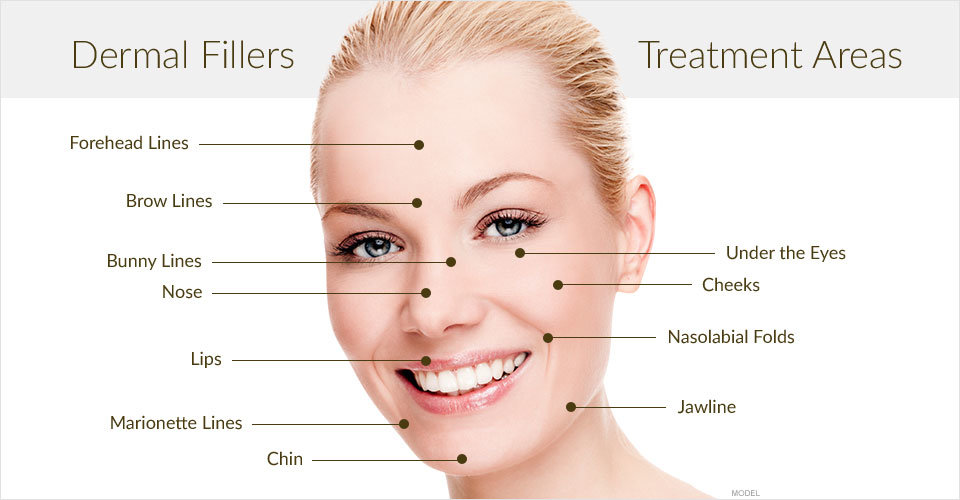Before & After Care for Cosmetic Dermal Fillers
Dr. Kayhan has been injecting dermal filler for as long as they have been on the market (over 13 years) – and works with thousands of patients annually. He regularly pursues advanced training – and trains other physician injectors for two of the largest filler makers in the world. The injection of filler is an expertise – and there are many kinds of fillers – all with different consistencies and best uses. Like multiple paint brushes in an artist’s tool kit – you want to work with someone who knows how to use more than just Juvederm.
The number one way to ensure you have your best results with filler is to work with a highly trained, physician-expert .
What To Do, & What To Avoid, Before Your Fillers Treatment
In order to reduce the amount of bruising and/or swelling from the injection sites, please follow the instructions below.
Avoid blood thinning over-the-counter medications such as Aspirin, Motrin, Ibuprofen, and Aleve for 1 week prior. Please consult your physician if you are taking Aspirin for medical reasons!
Avoid supplements including St. Johns Wort, ginko biloba, primrose oil, garlic, ginseng, and Vitamin E for 1 week
Avoid topical products such as Tretinoin (Retin-A), Retinols, Retinoids, Glycolic Acid, or any “Anti-Aging” products for 3 days prior.
Avoid waxing, bleaching, tweezing, or hair removal cream on the area to be treated for 3 days prior.
Do not drink alcoholic beverages for 24 hours prior to treatment.
If you have previously suffered from facial cold sores, there is a risk that the needle punctures could contribute to another eruption of cold sores. Please let Dr. Kayhan know if you are prone to cold sores.
Do not use dermal fillers if you are pregnant or breastfeeding, are allergic to any ingredients, or suffer from neurological disorders. Please inform us if you have any questions about this prior to your treatment Day of Treatment.
Arrive to the Clinic with a “clean face” – washed and without makeup.
In order to maximize your comfort during the procedure, a topical anesthetic may be applied. In some cases, a local numbing medication will be injected into or around the area(s) to be treated.
Within the First Hour of Treatment
Immediately after the treatment, there may be redness, bruising, swelling, tenderness, and/or itching near the injection site. Avoid itching , massaging, or picking around the injection site. This is normal and generally disappears within a few hours to a few days. If these symptoms last more than 3 days, please contact our office.
We will provide you with ice, arnica cream and tablets, and bromelain tablets – all of which can reduce or resolve potential bruising.
You may take acetaminophen (Tylenol) to reduce any pain as necessary Within 6 to 10 Hours of Treatment.
Avoid drinking alcohol or partaking in strenuous exercise, as it may result in additional bruising.
Until the swelling and redness have resolved, avoid intense heat in the treated area(s). This includes sunbathing, tanning, saunas, hot tubs, or hot wax. Also avoid extreme cold such as skiing or other winter sports.
To help alleviate bruising, we recommend the topical application of Arnica – a natural ointment commonly used to reduce bruising. You can find this in the natural foods section of your grocery store, or at local pharmacies. We will also provide you with some in our office.
Minimize movement of the treated area(s). However, if there is a visible bump, you can massage the area. Depending on the areas treated and the product used, you may feel “firmness”. These areas will soften and settle with time (usually 1-2 weeks).
Sunscreen and makeup can be applied, and the area can be gently washed with a gentle cleanser. Dr. Kayhan recommends using a sensitive cleanser such as the Sanitas product line or Cetaphil to avoid additional skin irritation.
Additional Post Treatment Recommendations
For most patients, the benefits of dermal fillers can be enhanced by using a medical-grade skincare system, such as Obagi. Products containing Vitamin-C can strengthen the skin and improve laxity and texture. Additionally, use of Tretonoin (or Retin-A) helps rebuild cells in the skin’s epidermis (or top layer). Over time, Tretonoin can strengthen skin, improving firmness and resiliency. Tretonoin (Retin-A) is available for purchase in our offices – or through a prescription. Ask Dr. Kayhan about the best concentration for your skin.
98% of skin damage (aging, wrinkles, dark spots, and hyper-pigmentation) is caused by sun damage. Wearing sunscreen is critical to maintaining the look and health of your skin. Sunscreen should be re-applied after every 4 hours of sun exposure. Dr. Kayhan recommends a sunscreen with an SPF 45 or greater.
If it is difficult for you to reapply sunscreen throughout the day, consider adding a powdered sunscreen (we recommend Bare Essentials) to your daily routine, which can be brushed on to the face and chest periodically.
Please Contact Us Immediately if You Experience Fever and/or chills If the area appears red, hot to the touch, and “angry” looking.
Severe pain or increasing pain
Discolored blotches in areas not injected or blanching of injected areas
How Long Will Dermal Fillers Last?
The short answer is, of course, it depends – what areas were treated, and with which specific product. Cosmetic fillers are long lasting, but not permanent.
Shorter term fillers made of hyaluronic acid, like Juvederm and Restylane, will last anywhere from 6-18 months depending on the areas treated and your bodies metabolism.
Long lasting fillers, like Sculptra or Bellafill, actually stimulate your own collagen to “grow” in as the filler. The results of these treatments have been reported to last as long as 3 to 5 years.
Most patients choose to have a follow up treatment 6-12 months after initial treatment for wrinkles. For lip injections or lip enhancements, we recommend a follow up visit after about 6-9 months.

